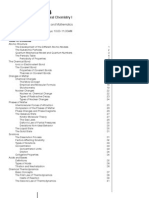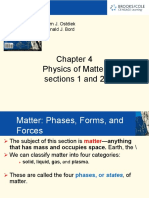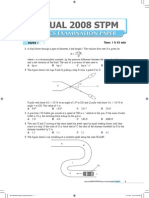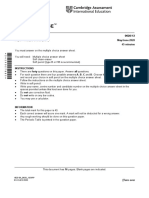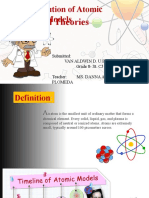0% found this document useful (0 votes)
22 views2 pagesAtomic Structure Notes
Atom ki basic particles – proton, neutron, electron.
Models – Thomson, Rutherford, Bohr.
Quantum theory – Planck, de Broglie, Heisenberg.
Quantum numbers & orbitals – n, l, m, s + shapes (s, p, d, f).
Rules – Aufbau, Hund, Pauli.
Electronic configuration examples (H, He, Li, C, O, Na).
Uploaded by
tvs01504Copyright
© © All Rights Reserved
We take content rights seriously. If you suspect this is your content, claim it here.
Available Formats
Download as PDF, TXT or read online on Scribd
0% found this document useful (0 votes)
22 views2 pagesAtomic Structure Notes
Atom ki basic particles – proton, neutron, electron.
Models – Thomson, Rutherford, Bohr.
Quantum theory – Planck, de Broglie, Heisenberg.
Quantum numbers & orbitals – n, l, m, s + shapes (s, p, d, f).
Rules – Aufbau, Hund, Pauli.
Electronic configuration examples (H, He, Li, C, O, Na).
Uploaded by
tvs01504Copyright
© © All Rights Reserved
We take content rights seriously. If you suspect this is your content, claim it here.
Available Formats
Download as PDF, TXT or read online on Scribd
/ 2





















































